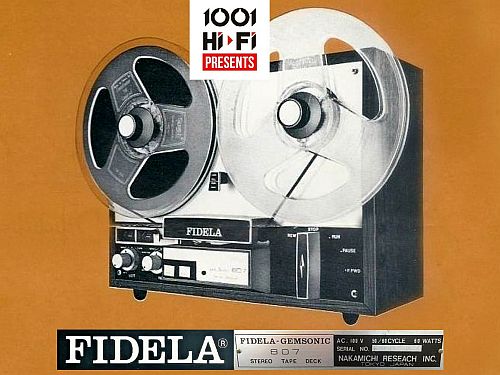Both performance and operational advantages of the "Isolated Loop" tape path introduced in the Technics RS-1500US and RS-1506US qualify these professional units not only state-of-the-art, but as the begining of a new technological generation. To realize the full potential possible with this design, there was no choice but to employ an all direct-drive tape transport system, with quartz-controlled, phase-locked servo control. Electronically as well, these units were built as an uncompromising challenge to tape decks now available. Separate microphone amplifier, recording amplifier, mixing amplifier and three-way bias and equalization controls all serve to help assure flawless recording and playback under any circumstances. Unique in tape recorder technology, the capstan of the RS-1500US is 34 mm in diameter, for increased tape contact and less possibility of slippage.
By means of two pinch rollers in contact with the same capstan, an isolated, closed-loop system is formed. The direct-drive oncept was originally introduced by Technics in 1969, for use in high-grade turntables, and was adopted in the Technics RS-275US cassette deck in 1970. In 1976 with the introduction of the the RS-1500US, direct-drive is applied to a tape transport system (the capstan, flywheel and motor all rotate as a uniform entity) The direct-drive principle extends to the reel motors, also. Brushless DC motors of very high torque, with electronic commutation, are unitized with the diecast reel tables. The RS-1500US is designed for 2-track recording and playback as well as 4-track playback of tapes made on other decks. The RS-1506US is designed for 4-track recording and playback as well as 2-track playback of tapes made on other decks. Technical data: Tape speed: 38 cm/s, 19 cm/s, and 9.5 cm/s Frequency response: 30-30,000 Hz (38 cm/s) 20-25,000 Hz (19 cm/s) 20-15,000 Hz (9.5 cm/s) Dimensions 45.6 x 44.6 x 25,8 cm Weight 25 kg.







































